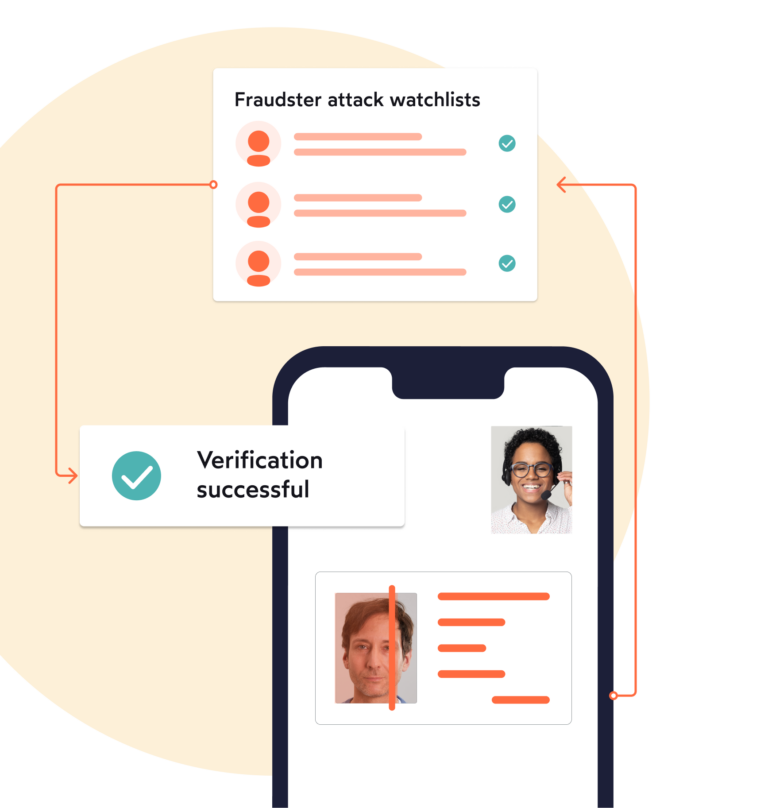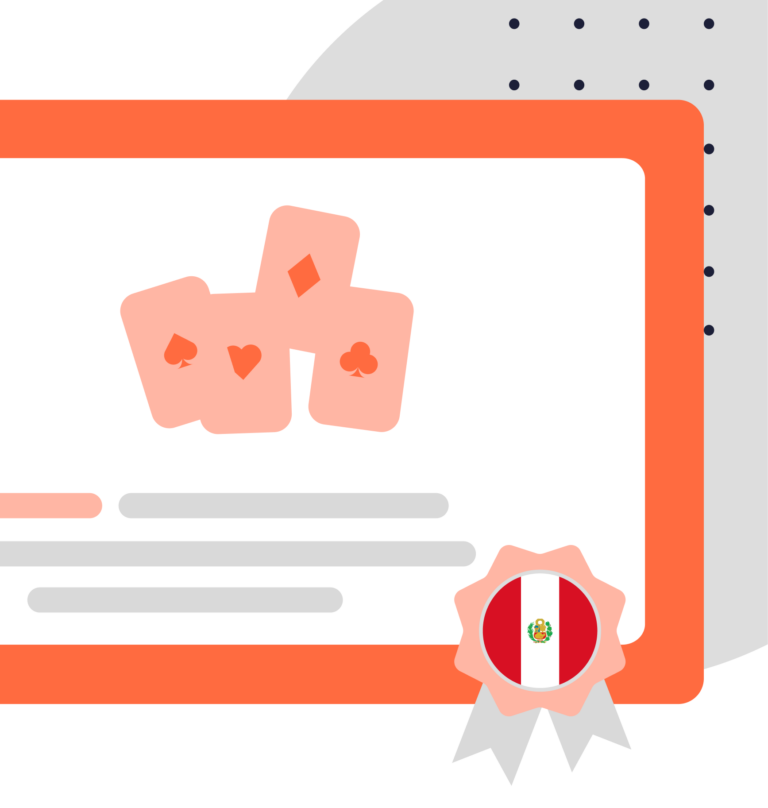TOC – Terrorist Financing
What is terrorist financing?
Terror financing constitutes the soliciting, collecting, or providing of funds that may then be used to back terrorist operations or organizations. The funds linked to such activities may originate from both licit and illicit sources. Although terrorist operations involve less valuable transactions than those linked to money laundering, terrorist financing can lead to bigger consequences, most tragically resulting in fatalities. In short, terrorist financing is the deliberate act of providing financial support to terrorist organizations and can take many forms, including fundraising, Money Laundering, and arms trafficking.
Being a global problem that has been made worse by the rise of online banking and digital currencies, terrorist groups such as ISIS have used social media to solicit donations and to crowdsource funds for their terrorist activities. While the 9/11 attacks in the U.S. were primarily financed through illegal means, subsequent terrorist attacks in Europe have been funded through a variety of methods, including private donations and credit card fraud.
Since 2001, tackling terrorism financing has been a priority for worldwide financial authorities such as the United Nations through its U.N. Sanctions Committees or the Financial Action Task Force (FATF). It was first defined in the International Convention for the Suppression of the Financing of Terrorism by the U.N. in 1999. However, counter-terrorism financing (CTF) acknowledged a change in paradigm in 2015 following numerous terrorist attacks across many cities all over the world, along with the rise of the Islamic State (ISIS), but also right-wing extremism. Often combined with anti-money laundering efforts (AML), CTF actions are now central in the war on terror. Without the means to finance their activities, terrorist groups would not be able to recruit and train members, as well as plan and carry out attacks.
What are examples of terrorist financing?
Terrorism financing encompasses numerous actions that purposedly contribute to acts of terrorism or acts intending to cause death or serious injuries. It involves the provision, collection or reception of funds, and the use of various financial instruments to support terrorist operations.
Among those supporting operations, the following categories requiring funds can be identified:
- Operations: Among the most visible use of terrorist financing is the one required to conduct operations. From building Improvised Explosive Devices (IEDs) to purchasing weapons, terrorist groups also require funds to logistically support their operation (telecommunications, rents, basic living expenses, or genuine/false identity documents acquisition);
- Propaganda & recruitment: As recent terrorist organizations developed towards utilizing social networks in a tech-savvy manner, dedicated propaganda cells rapidly understood the importance of creating propaganda operations. This led to the publication of magazines, newspapers, and dedicated websites;
- Training: Enabling operatives to get proper training in specific areas of expertise, including bomb-making, weapons management and clandestine communication is also a key priority for terrorist organizations. For that matter, they must fund equipment, training camps and facilities;
- Salaries and member compensations: Terrorist organizations have learned to incentivize their members and families, as financial security secures loyalty from their members and deepens their commitment towards the organization. They are also able to financially care for the family of their deceased operatives;
- Social services: Established terrorist organizations also account for educational, health and social services. As part of their propaganda, they establish such services to undermine legitimate governments and support local population to gain traction.
Additionally, terrorist financing has been linked to drug trafficking, human trafficking, and the sale of conflict minerals. As terrorist organizations continue to adapt their financing methods, it has become increasingly difficult for law enforcement to track and disrupt terrorist activity.
Risks and vulnerabilities of terrorist financing in online gambling
Online gambling platforms as a potential avenue for terrorist financing
The online gambling industry is especially susceptible to terrorist financing, with this risk being categorized as “very high,” i.e., the highest possible level of risk. As the iGaming industry is inherently international, with electronic payments being the norm, apprehensions have frequently been expressed in certain quarters that it provides the opportunity for activities such as terrorist financing and money laundering.
Identifying high-risk areas in the online gambling industry
Terrorist financiers and money launderers make use of similar methods to store, move, and obtain funding; however, both types of criminals have different motives. Gambling, particularly online gambling, has long been a magnet for bad actors seeking to conceal the source of their funds.
The main venues for such operations often include online casinos and certain games offered through them. The large amounts of funds going in and out of such business make it appealing for bad actors hoping to remain undetected while pursuing their objectives. Casino games such as poker and roulette are often known to attract such criminal activity.
Common red flags and suspicious activities
If left unchecked, Criminal activities such as terrorist financing and money laundering have the power to cause a great deal of damage not only to businesses but the economy of a region. Some of the most common red flags, according to the UK Gambling Commission, include the following:
- A player exhibits unusual gambling patterns involving guaranteed returns or negligible financial risk
- Funds are deposited by a player and held over a certain period, only to be withdrawn without being used for gambling
- A player exhibits gambling patterns where their spending is high, but the risks are low, for instance, betting on black and red in roulette
- A player is convicted of drug dealing and released from prison and starts gambling with significant amounts of money. The player is known to be unemployed, with other players possibly informing casino employees that they are dealing drugs and narcotics. This further raises the suspicion that the player is spending the proceeds of their unlawful activity
It is crucial to note that once suspicion of criminal activity is linked to a player in one certain area of the business, e.g., table games, it is considered good practice to thoroughly monitor the player’s behavior in other areas of said business, e.g., gaming machines.
What are the prerequisites for the success of terrorist financing?
Although traditional terrorism financing methods and techniques are now well known and monitored, emerging terrorist financing threats and vulnerabilities have appeared, enabling terrorist cells to gain access to new resources. Among them, virtual currencies, prepaid cards, fundraising through social media and gaming sector now pose tremendous challenges to CTF actors.
The issue with terrorism financing is often perceived as a diversion of resources from productive uses in the society, towards nefarious goals that will negatively impact a country’s financial system and stability.
The main objective of entities or individuals involved in terrorist financing is not necessarily to hide the sources of the funds but to conceal both the funding and the activity taking place.
What are the four main steps of terrorism financing?
Although terrorist organizations may have different methodologies to run their financial structure in order to adapt to their respective counter-terrorist environments, most of them go through the following steps:
- Mobilization of funds: At the very beginning, money is raised by several means, from solicitating donations physically or through social media; conducting criminal activities (fraud, identity theft, credit card fraud, extortion, drug trade, migrant smuggling, etc.); or even running legitimate businesses (e.g. import-export). Charities, non-profit and non-governmental organizations (NPOs / NGOs) are also used to raise funds;
- Collection and storage of funds: Funds are collected from various sources and stored in secret locations or offshore accounts, to later be dispatched. They may also use the traditional and informal Hawala payment system to move funds;
- Transfer of funds: Then, money is moved or transferred via informal value transfer systems to the intended recipients, often through money laundering and its different stages or the use of front organizations, shell companies, or informal methods of transferring money without any cash flow (e.g. Hawala, Hundi). Funds may be moved across jurisdictions and through several channels, such as money remittances or cash couriers. Trade-based money laundering involving the movement of goods may also be considered;
- Disbursal of funds: This is the final step where individuals or groups use the funds received to acquire equipment, and provide training and logistical support. The funds may also be used to pay for salaries for group members.
Terrorist organizations, like companies, rely on financial experts to manage, move and oversee their financial structure and transactions. Those activities require a solid knowledge in international finance, corporate laws and accounting.
Different sectors have been identified as at risk when it comes to terrorism financing. The gaming and cryptocurrency industries have acknowledged respectively a massive growth. In fact, in-game trading, as well as virtual currencies have been a weapon of choice for terrorist organizations to move funds undetected. The adaptability of terrorist organizations to new payment methods has posed a tremendous challenge for AML/CTF entities. They now need to monitor both the most traditional but also the newest funding methods.
How are terrorism financing and money laundering connected?
Money laundering and terrorism financing are both financial crimes with economic impacts on society. Both of them involve the concealment of the origin of funds from the scrutiny of national authorities. However, the main difference between those two activities is that a money laundering offense is qualified when funds come from criminal activities. Meanwhile, the source of funds is irrelevant when it comes to terrorist financing.
Nonetheless, terrorism financing often involves similar techniques to money laundering techniques in order to hide the source of their funding, whether coming from legal or illegal operations. In the same fashion as money laundering, terrorist organizations will appeal to front companies to launder their money, but also to purchase other supplies and equipment to conduct their terrorist activities. In this regard, AML/CTF have been considered altogether to craft efficient frameworks.
The difference between Money Laundering and Terrorist Financing
Money Laundering and Terrorist Financing are closely related but distinct activities. Money Laundering occurs when proceeds of illegal activity such as fraud, bribery or drug-trafficking are disguised to give the appearance of having come from legitimate sources. On the other hand, Terrorist Financing involves the use of funds to support acts of terrorism through donations or payments made to individuals, organizations, or groups that directly intend to commit such acts. Money Laundering may help terrorists in their financing, but it is not considered a terrorist act nor is Money Laundering supported by terrorist organizations whereas Terrorist Financing is directly linked to and endorsed by these organizations.
Simply put: In Money Laundering, in most cases, the criminal group tries to hide the proceeds of its crimes. In Terrorist Financing, in most cases, the terrorist organization tries to hide its funding methods and activities. Both, Money Laundering and Terrorist Financing use similar methods to achieve their goals.
How do law enforcement agencies and financial regulators combat money laundering and terrorist financing
The Markets in Crypto-Assets (MiCA) legislation in the EU for example, will be aligned with new EU legislation regarding tracing crypto-assets transfers, and implementing additional package of measures to curb money laundering and terrorism financing.
The FATF (Financial Action Task Force) is the intergovernmental body that sets global standards for countering terrorist financing (CTF), anti-money laundering (AML), and proliferation financing. The body issues recommendations member countries must implement to combat terrorist financing, money laundering, and other possible forms of criminal activity.
The FATF Recommendations establish measures members must comply with to pursue terrorist financing, money laundering, and proliferation financing. The guidelines also encourage members to identify risks, develop policies, offer domestic coordination, and facilitate international cooperation, among other crucial processes.
How do counter terrorist financing actions work?
The main goal of counter-terrorist financing is to disrupt or obstruct the flow of funds toward terrorist organizations through government regulations, laws, and other procedures, as well as prevent them to obtain the necessary resources to pursue their operational activities. This may focus on various entities, including charities, banks, enterprises, and some activities, including reporting, supervision, and regulation. To impeach and mitigate terrorism financing risks, a comprehensive and multi-disciplinary approach is needed. In fact, many international organizations and countries have adopted robust anti-terrorist frameworks all over the world, comprised of empowered anti-terrorism agencies, designed policies and legislations, but also strengthened CTF mechanisms. A bolstered cooperation between law enforcement, intelligence agencies, financial institutions and private actors at a global scale is also needed to better tackle the issue of information sharing.
Those mechanisms are coupled with AML activities, as they all aim to tackle the corrosive and negative impacts on the economic system and civil society as a whole. When implemented effectively, AML/CTF controls can successfully mitigate the adverse effects of criminal activities led by threat actors, and support the integrity of financial markets. To better tackle money laundering and terrorism financing at an operational level, an improvement of several mechanisms has helped achieve encouraging results:
- Customer screening mechanisms through identity controls;
- Transactions screening;
- Customer due diligence;
- Reporting on funds’ provenance.
Many other actions are implemented to cut off the financing channel and impede subsequent terrorist activities, from sanctioning legal entities, and targeted financial sanctions to criminal sanctions & alternative charges. The focus now is on more challenging sectors and new payment products and services.
Know Your Customer (KYC) and Customer Due Diligence (CDD) procedures
Importance of KYC/CDD in combatting terrorist financing
KYC and CDD measures help protect an operator or organization from becoming a hotspot for criminal activities involving soliciting, storing, and obtaining funds, which may be carried out by the operator’s customers (or even employees).
Such processes ensure that sanction-related compliances set forth by regulatory bodies are adhered to by licensed operators.
Implementing robust KYC/CDD procedures in online gambling
As mentioned, implementing robust KYC and CDD (Customer Due Diligence) procedures in is crucial for especially financial institutions and online gambling operators, and online casino operators can create programs satisfying the core requirements of such measures.
KYC procedures are designed to authorize a customer’s financial profile, risk level, and overall identity, and CDD is the key to this process. CDD means collecting and evaluating new customers’ data and assessing their risk for unlawful financial transactions. This essentially verifies whether they are involved in any criminal activity.
Role of biometric technology in enhancing identification processes
The continuous development of biometric technology has helped make identity verification procedures more reliable, efficient, and affordable. In online gambling and financial institutions, biometrics provide greater levels of assurance to operators that their registering customer is real by authorizing a real-world trait as both something the customer is and has.
Biometric technology is therefore regarded as the solution for operators to effectively verify customers’ identities and ages while simultaneously offering a seamless customer experience.



